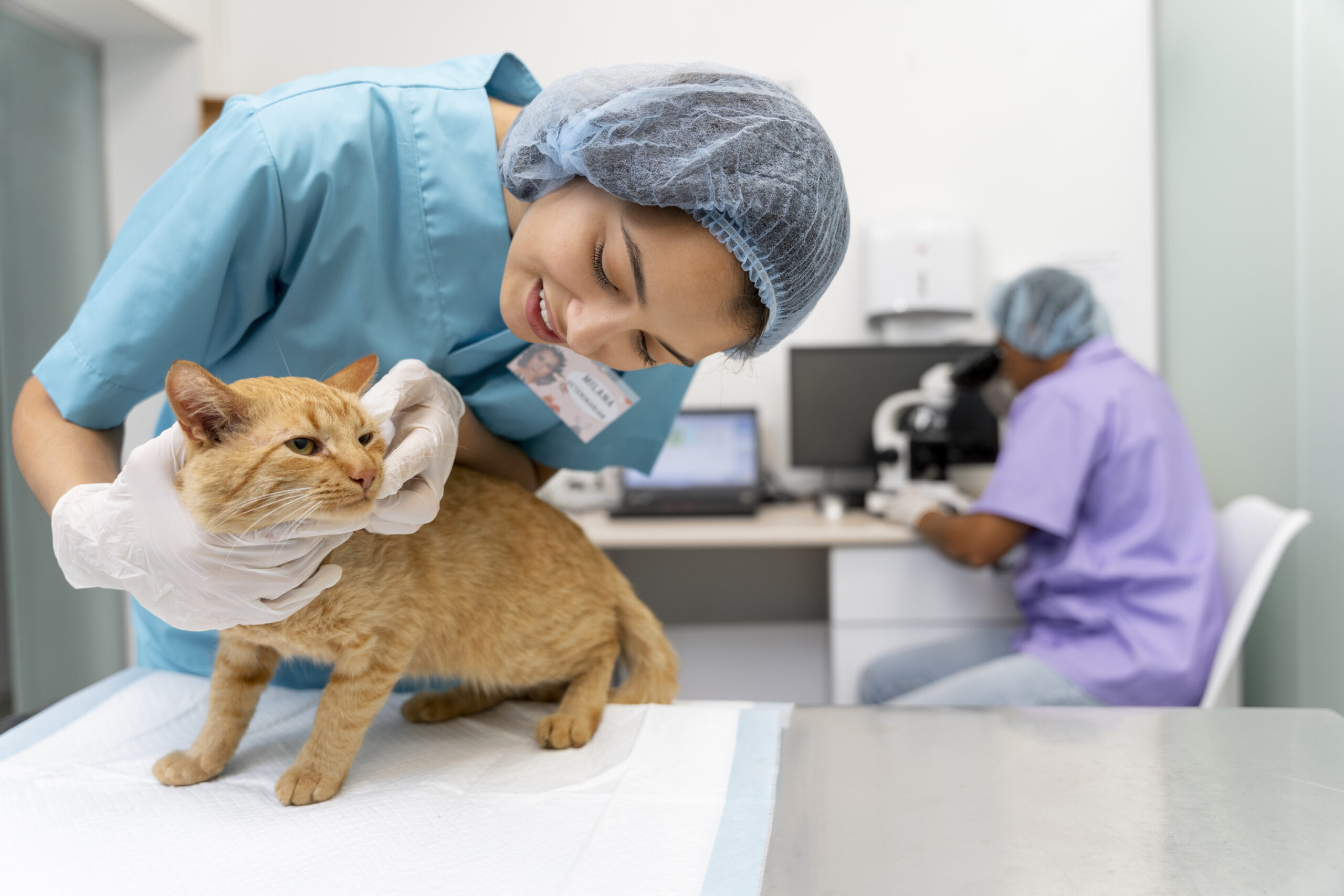Pet insurance is now quite popular among pet owners in the USA. It is a bill-saver when it comes to the cost of what it takes to secure veterinary care. Understanding how pet insurance works with a vet can ensure that you get the best out of your policy and provide the best care for your pet. This article walks you through the processes, benefits, and practicalities of pet insurance with your vet so that you remain informed and prepared.
What is Pet Insurance Do Vet?
The most basic sense that anyone should ever see pet insurance as is that it is a form of financial safety that helps in covering a major portion of veterinary expenses, ranging from accidents to illnesses, and sometimes include routine veterinary care. Pet insurance is learned to be similar to that of health insurance as concerned humans, in that one is required to initially pay the treatment cost upfront and claim some portion back of costs that may be eligible for cover by insurance. Therefore, it is helpful for pet owners in their quest for the best care possible for their beloved pets without constantly worrying about uproarious bills.
Pet Insurance: How It Works at the Vet Office
Visit Any Licensed Veterinarian
Most pet insurance companies in the USA permit you to visit any licensed veterinarian. In contrast to human health insurance, there only exists no network restriction. Local clinic or top-of-the-line specialist: For your care, you want the best.
Pay-in-advance Services
Whenever your pet needs medical aid, you are going to pay up front the cost of veterinary care for the visit. Pet insurance requires that you settle fees with your veterinarian before obtaining reimbursement since it operates on a reimbursement basis.
File a Claim
Then, afterward, you will submit a claim to your pet insurance provider. This mainly includes:
Filling out a claims form (which can be found online or via an app).
Including the itemized bills and receipts from your vet.
Submitting medical records, if required.
Receive Your Refund
After approval of your claim, the insurance company will get you reimbursed under the terms of your policy. Factors for the same include:
Reimbursement Rates:
Usually, they vary between 70% and 90% of the covered costs.
Deductible: The amount you’re responsible for before insurance kicks in (e.g., $200 annually).
Annual or Per-Incident Limits: Some policies cap the maximum payout per year or per incident.
What Does Pet Insurance Cover?
Coverage varies by provider and plan, but here’s a general breakdown:
Accident Coverage
Injuries like fractures or sprains
Poisoning or ingestion of foreign objects
Emergency care
Illness Coverage
Chronic conditions (e.g., diabetes, arthritis)
Acute illnesses (e.g., infections, allergies)
Cancer treatments
Optional Add-Ons
Routine care and wellness plans (vaccinations, flea prevention)
Dental cleanings
Behavioral therapies
Exclusions
Pre-existing conditions
Cosmetic procedures (e.g., declawing)
Breeding or pregnancy-related costs
How to Choose the Right Pet Insurance for Your Vet’s Needs
When selecting pet insurance, consider how well the policy aligns with the care your vet provides. Here are a few tips:
Consult Your Vet
Your vet may recommend insurance providers they frequently work with or plans suited for your pet’s breed, age, or medical history.
Understand Waiting Periods
Most policies have a waiting period before coverage starts. For example, accident coverage may begin after two days, while illness coverage could take two weeks.
Compare Providers
Look for providers that:
Offer fast claim processing
Cover specialists and emergency care
Have a transparent claims process
Evaluate Deductibles and Reimbursement Rates
Choose a plan with a deductible and reimbursement rate that fits your budget and expected costs. A higher deductible often means lower premiums.
Benefits of Pet Insurance for You and Your Vet
Peace of Mind
Pet insurance reduces the financial stress of unexpected bills, allowing you to focus on your pet’s health.
Improved Access to Care
With insurance, you’re more likely to seek timely medical attention for your pet, leading to better outcomes.
Better Vet-Client Relationship
When cost isn’t a barrier, vets can recommend the best treatment options without worrying about affordability.
Supports Preventative Care
Some plans encourage routine check-ups and vaccinations, promoting long-term health for your pet.
Top Tips for Maximizing Your Pet Insurance
Keep Detailed Records
Maintain copies of invoices, receipts, and your pet’s medical history to streamline the claims process.
Ask About Direct Payments
Some vets work directly with insurance providers, saving you from paying upfront. Check if your offers this option.
Review Policy Terms Annually
As your pet ages or develops new health needs, adjust your policy to ensure comprehensive coverage.
Use Mobile Apps
Many insurance companies offer apps for filing claims and tracking reimbursements quickly and efficiently.
Popular Pet Insurance Providers in the USA
Here are some top providers to consider:
Healthy Paws: Known for unlimited lifetime benefits and fast claim processing.
Nationwide: Offers comprehensive plans, including exotic pet coverage.
Lemonade: Budget-friendly plans with customizable options.
Trupanion: Allows direct payments in some cases.
Conclusion
Pet insurance is an invaluable resource for managing the cost of veterinary care in the USA. By understanding how it works with your , you can provide your furry companion with the best possible care while protecting your finances. Whether it’s routine check-ups or emergency treatments, pet insurance ensures you’re prepared for every step of your pet’s health journey.
Take the time to research and choose the right plan for your needs, and don’t hesitate to involve your in the process. With the right coverage, you can enjoy peace of mind knowing your pet is well-protected.



